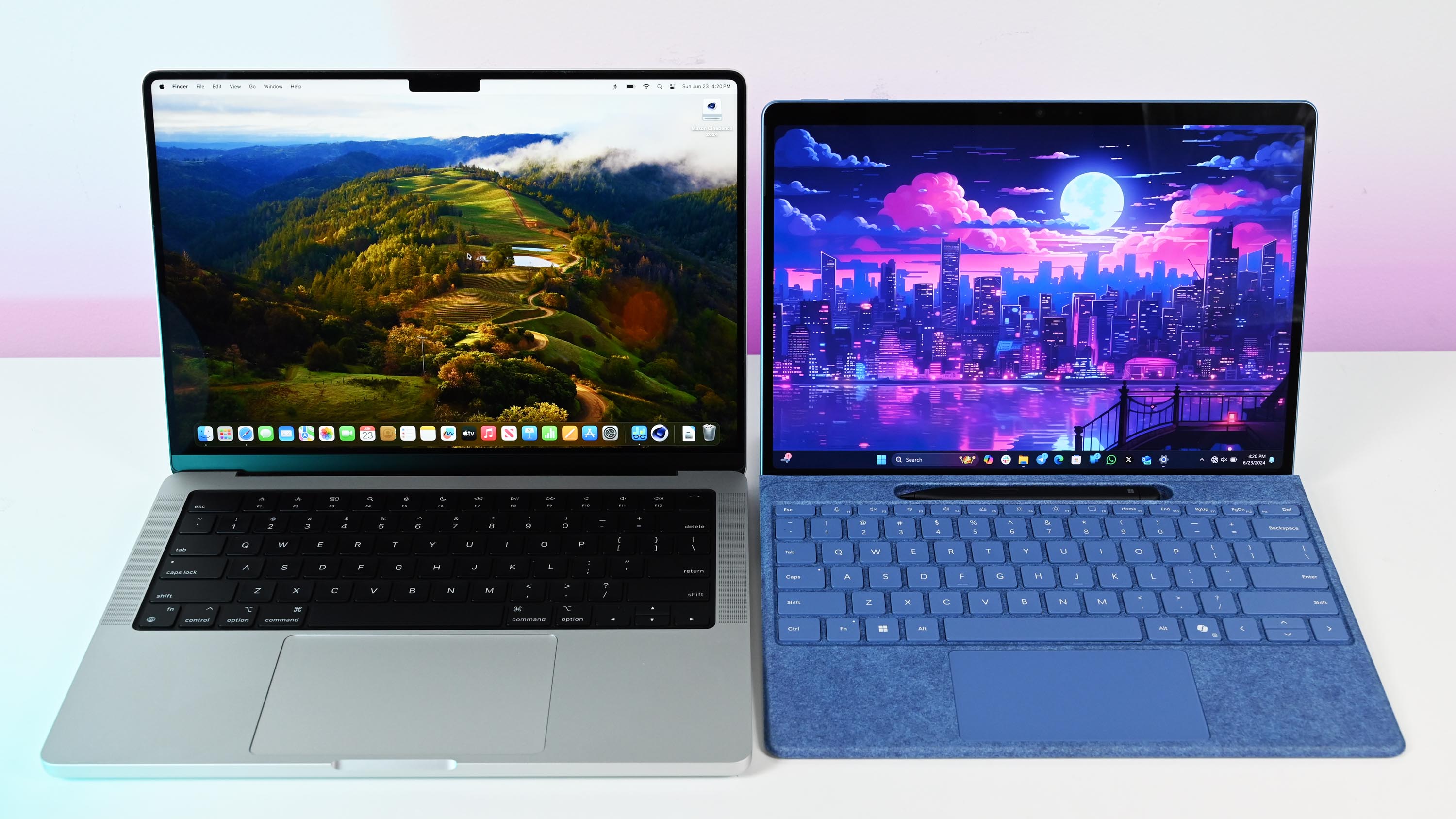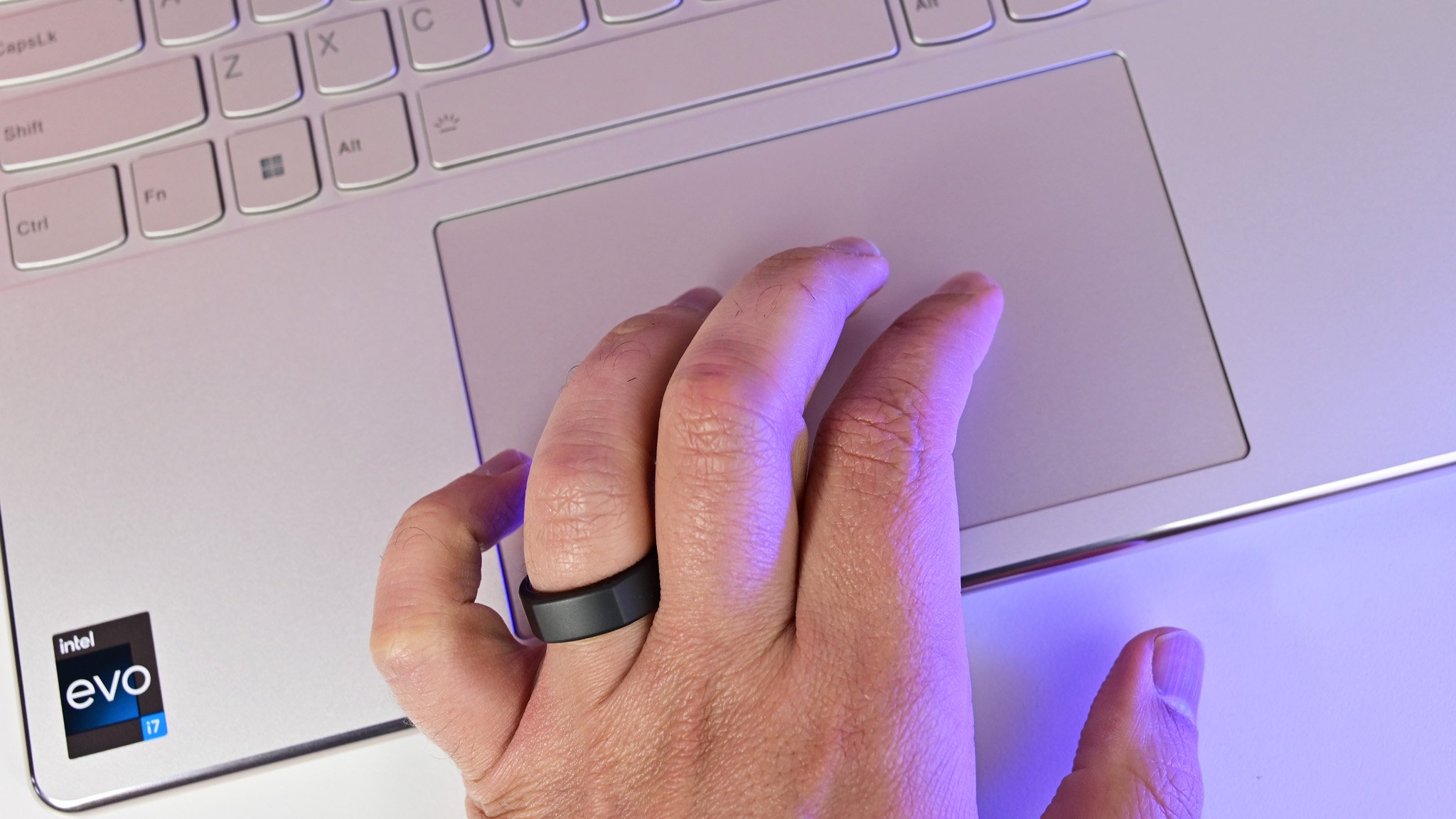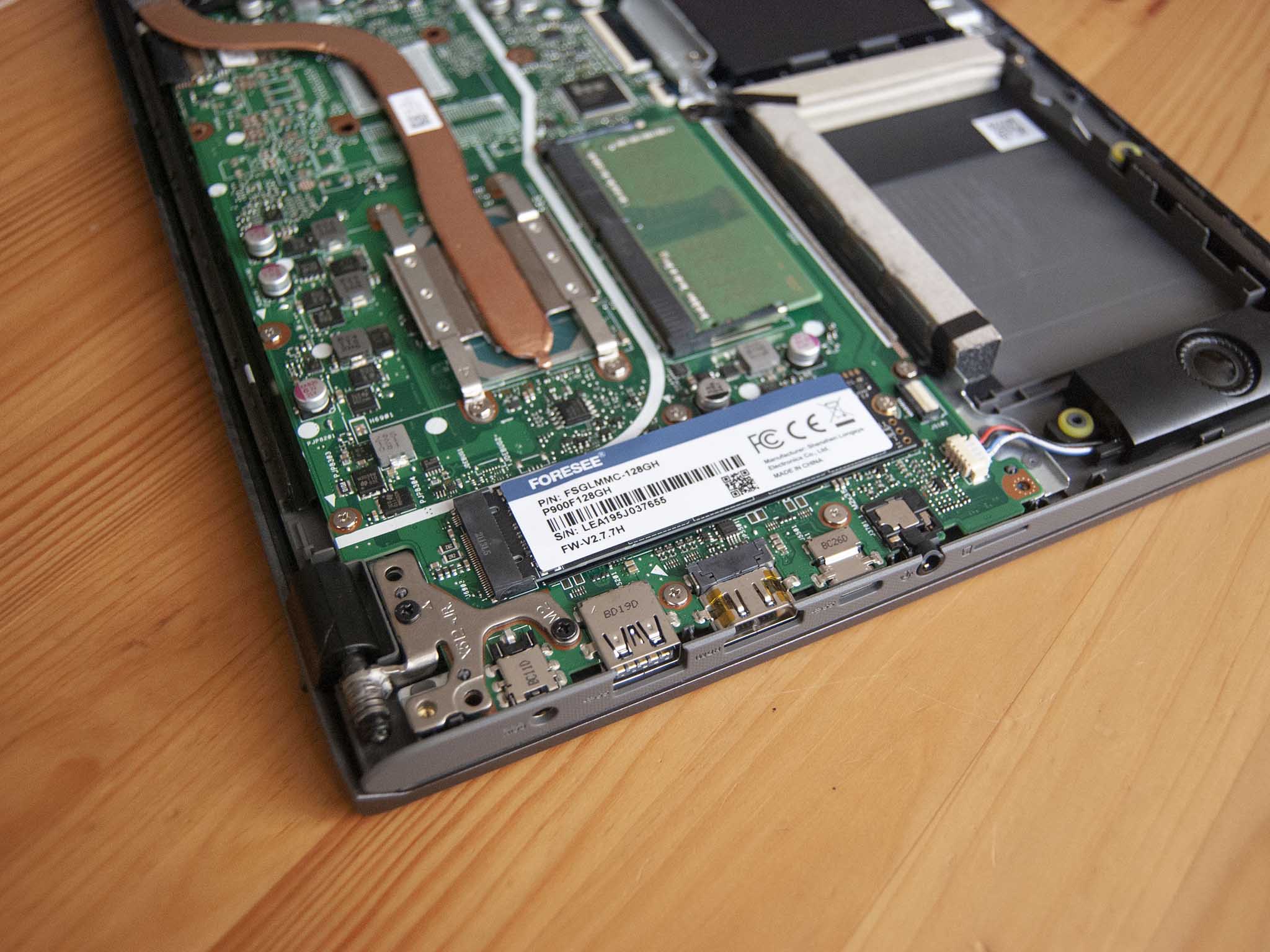How we test and review laptops at Windows Central
We aim to deliver honest, independent, and trustworthy laptop buying advice. That starts with an in-depth review process.

Testing laptops is no easy challenge, especially when considering how complicated processors, sensors, displays, Wi-Fi/cellular, memory, and varying storage speeds can all impact performance and battery life. Windows Central PC reviewers “adopt” the computer they are planning to review for a long enough duration to reach a subjective decision about its design, aesthetics, functions, and features. We also put each PC through a rigorous battery of tests performed under the same scenarios for objective data to help guide any conclusions.
Here is a more detailed breakdown of how we review PCs and our current methodology. This guide may change as we adjust our workflow and benchmarking tools based on industry trends and user feedback.
Design and build quality
A laptop’s first impression is how it looks sitting closed. We start each review with a thorough examination of how well the laptop is put together, how its edges match up, how its exterior feels to touch, and ultimately how solid it feels when handled. We test to see how much bend there is in the chassis and lid, we listen for any obvious creaks, and we test hinge grab and smoothness of operation.
Typing and pointing are both extremely important. The keyboard and touchpad are naturally tested during the review period. We type a lot of words every day, and while personal preference is still a thing, we have a good idea of what makes a keyboard comfortable and a touchpad accurate and sized properly.

Overall mobility and versatility are factored in, as is port selection, camera, and security features. And we always keep pricing in mind, as we know that a budget laptop will undoubtedly have to cut some corners to keep the price down. Rest assured, these cut corners will be mentioned in the review.
Get the Windows Central Newsletter
All the latest news, reviews, and guides for Windows and Xbox diehards.
If possible, we get inside each laptop to check on the cooling system and to check for any upgradeable parts.
Display, touch, and inking
A laptop with a bad display is almost always immediately evident, but we go well beyond a sight check to test color and brightness. Each laptop display is measured using a colorimeter — generally a SpyderX Pro — to test color accuracy across sRGB, AdobeRGB, and DCI-P3 spectrums. The same tool also measures brightness. When it comes to gaming laptops, we also test refresh rate and we check to see if there’s any screen tearing.
A display’s finish is taken into account, as low brightness and a glossy finish can often lead to issues with glare. We use laptops in a variety of environments to see how well the screen handles sunlight or overhead lighting.
Laptops with touch displays are used as intended (without the keyboard or trackpad) to see how well they track. And if the display is capable of inking, we use the active pen to see how natural it feels and whether or not there are any issues with jagged lines or faulty tracking.
Performance
The start of each laptop review period generally begins with a bevy of updates and optimizations. Laptops often sit for awhile as they await their turn for review, and we want to be sure they’re running with the latest software and firmware.
Laptops without discrete graphics are generally tested using PCMark 10’s system performance benchmark and the CrossMark benchmark to get an overall idea of how well system components work together. Cinebench R23 and Geekbench 5 measure how well a CPU can handle single- and multi-core workloads, while CrystalDiskMark tests storage read and write speeds. All tests, save for the battery bench, are run with the laptop at peak performance unless otherwise specified. We often also run 3DMark’s Night Raid bench to test integrated graphics performance.

If a laptop has a discrete GPU (whether for gaming or for productivity), we add 3DMark’s suite of benchmarking tools into the equation. Time Spy, Fire Strike and Port Royal are all employed depending on the level of performance the laptop can handle. If it’s a gaming laptop, we will also run a number of FPS tests using games with built-in benchmarking features. Demanding games like Far Cry 5 or Far Cry 6, Red Dead Redemption 2, Shadow of the Tomb Raider, and Assassin’s Creed are generally used.
We also insist on putting each gaming laptop through a lengthy stress test to see how well it can handle heat, how well it performs on battery power compared to AC power, and wattage at peak power. If a gaming laptop suffers from thermal throttling, we’ll be sure to let you know.
Each laptop we test is compared to a host of other recently-reviewed PCs. Our graphs are easy to read and give you a good idea of where the laptop in question sits compared to its competitors.
Battery
Ballpark battery life is rather easy to determine just by using a laptop, and we always note any real-world estimates. However, PCMark 10’s Modern Office battery rundown is an extremely useful tool that helps level the field, allowing us to compare each laptop in a fair manner. The Modern Office test lasts for the entirety of a battery’s charge. It simulates common tasks like video conferencing, photo editing, spreadsheets, and web browsing while keeping the laptop awake.
Each laptop we test is set to the “Balanced” Windows 11 power option unless the PC has a "Recommended" battery profile set by the OEM. We believe this is where most people will work. Display brightness is then set to about 150 to 200 nits nits brightness (usually halfway for most screens). The test begins with a full battery charge and runs until the laptop shuts down.
Anywhere from one to six hours of life for a non-gaming laptop is considered low. Anything from seven to ten hours is average. And any laptops with ten hours or more battery life are considered top tier. This, of course, changes when it comes to gaming laptops. Getting an hour or two of battery life while gaming is normal.
PCMark also has a gaming battery rundown test that we use to see how long a laptop can run while its discrete graphics are engaged. In this test we use a laptop’s full performance and somewhere between 150 and 200 nits brightness.
Assigning a score
Windows Central rates every laptop we review based on a star rating scale. One star is the lowest rating, while five stars is the highest. Objective performance data is combined with the subjective experience of the writer and the context of the overall laptop ecosystem to come up with this score.
- 1-1.5 stars: We cannot recommend this laptop, period. Save your money!
- 2-2.5 stars: We don't recommend you buy this laptop, but it does have some redeeming qualities that may be attractive to some.
- 3-3.5 stars: Laptops with this rating are just average, with an even spread of pros and cons. We may not be stoked about this laptop, but it's worth considering and may be just what someone is looking for.
- 4-4.5 stars: Reviews with this score are for laptops that we feel are above average and are definitely worth your time to consider.
- 5 stars: The best of the best. This score is reserved for the most standout laptops in their category for quality and experience. You can be sure that your money will be well-spent with these laptops.
For more information about our review awards and our team of reviewers, be sure to have a look at our broader guide on how we test and review on Windows Central.
Home to the most invested and passionate Microsoft fans, Windows Central is the next generation destination for news, reviews, advice and buying recommendations on the Windows, PC and Xbox ecosystems, following all products, apps, software, AI advancements, and accessories. We've been around for more than decade, and we take our jobs seriously. Windows Central writers and editors value accuracy and editorial independence in everything we do, never receiving compensation for coverage and never pulling punches.

